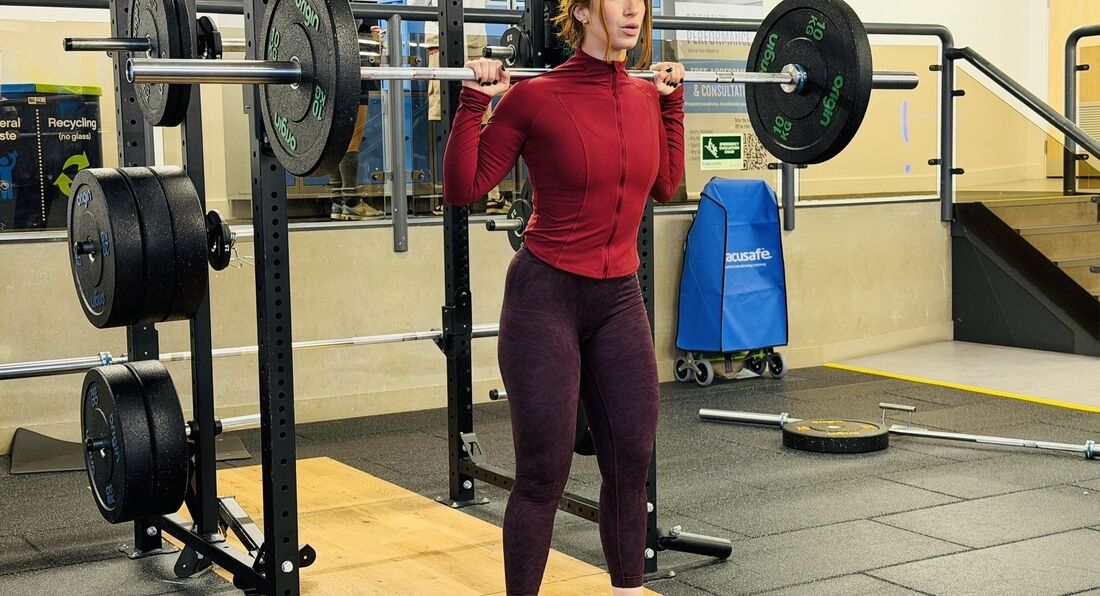Monday, 7th April 2014
Quinoa
Click here to find out why you should include Quinoa to your diet
By LA Muscle on 07.04.2014 08:48 am
Tiny, bead-shaped, with a slightly bitter flavour and firm texture, quinoa may not be a household name just yet, but it is set for a starry future - as far as grains go. The Incas have known it all along, for thousands of years regarding it as the 'mother grain' as they grew it high up in the Andes.
Unlike wheat or rice, quinoa is a complete protein - containing all eight of the essential amino acids. It has been recognised by the United Nations as a supercrop for its health benefits: packed with dietary fibre, phosphorus, magnesium and iron. It is also gluten-free and easy to digest. The facts suggest it is close to a perfect ingredient as you can get.
Quinoa is high in Essential Fatty Acids or EFAs, commonly known as “healthy fats” because they have been shown to help maintain normal cholesterol levels, and lower LDL cholesterol levels for a healthy heart.
Containing high amounts of dietary fiber, Quinoa may also help reduce the risk of high blood pressure and heart attack. A recent study at Harvard University showed the effects of cereal consumption on heart failure risk, making a healthy breakfast all that more important!
Prepare
Quinoa is easy to prepare and its fluffy texture and slightly nutty flavour make it an excellent alternative to white rice or couscous and is cooked and prepared in the same way. When cooked, its grains quadruple in size and become almost translucent.
Best Eaten
Combine cooked chilled quinoa with your favourite salad ingredients for a delicious salad.
Add nuts and fruits to cooked quinoa and serve as breakfast porridge.
Add quinoa to your favorite vegetable soups.
Ground quinoa flour can be added to cookie or muffin recipes.
Quinoa is great to use in tabouli, serving as a delicious (and wheat-free) substitute for the bulgar wheat with which this Middle Eastern dish is usually made.




























